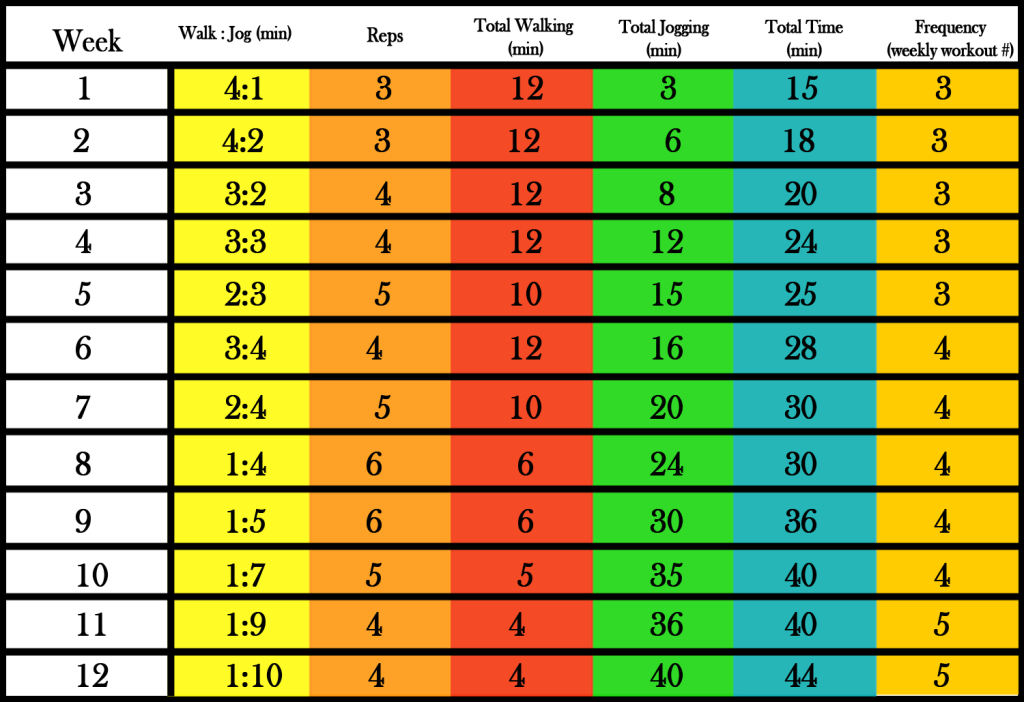Benefits of Exercise for Depression
Regular exercise can be an effective way to prevent or manage mild anxiety and depression. Physical activity causes brain pleasure centers to be stimulated and leads to feelings of well being. Some research studies indicate that regular exercise may be as effective as current treatments such as medication to relieve milder depression. Generally, exercise as treatment for depression is part of a comprehensive approach to the illness.

Photo courtesy of freedigitalphotos.net
Exercise is as good or better than depression (SSRI) Medication
SSRI medications include Citalopram (Celexa), Escitalopram (Lexapro), Fluoextine (Prozac), Paroxetine (Paxil, Pexeva), Sertraline (Zoloft).
Research has once again confirmed that persons suffering from most common forms of depression are helped as much by regular exercise as they are by SSRIs aka anti-depressants.
In fact it has been shown that people who exercise regularly are less likely to suffer a relapse (a return of the depression) after 10 months, compared with people who take antidepressant medications.
Can a few laps around the block actually solve your emotional problems? Probably not, but a regular exercise program might help!
A review of studies stretching back to 1981 concluded that regular exercise can improve mood in people with mild to moderate depression. It also may play a supporting role in treating severe depression.
Another study, published in the Archives of Internal Medicine, divided 156 men and women with depression into three groups. One group took part in an aerobic (or cardio) exercise program, another group took the SSRI sertraline (Zoloft), and the third group did both.
At the 16-week mark of the study, depression had eased in all three groups. About 60%–70% of the people in all three groups could no longer be classed as having major depression. In fact, group scores on two rating scales of depression were essentially the same.
This suggests that for those who need or wish to avoid drugs, exercise might be an acceptable substitute for antidepressants. Keep in mind, though, that the swiftest response occurred in the group taking antidepressants, and that it can be difficult to stay motivated to exercise when you’re depressed.
Mental and Emotional Benefits of Exercise
Exercise is not just about aerobic capacity and muscle size. Sure, exercise can improve your physical health and your physique, trim your waistline, improve your sex life, and even add years to your life. But that’s not what motivates most people to stay active.
People who exercise regularly tend to do so because it gives them an enormous sense of well–being. They feel more energetic throughout the day, sleep better at night, have sharper memories, and feel more relaxed and positive about themselves and their lives. And it doesn’t take hours of pumping weights in a gym or running mile after mile to achieve those results. There are many different ways to be active—and they don’t need to cost a lot of money.
The many benefits of exercise are supported by an increasing amount of research. Physical activity is even prescribed by doctors for conditions such as depression, anxiety, cardiovascular disease, and diabetes as it can be as effective as medication, sometimes even more so. Think of exercise as free medicine, without the side effects.
Aerobic Exercise Regimen – Jogging

Photo courtesy of freedigitalphotos.net
Jogging is considered a moderate-intensity exercise, which places it firmly in the helpful category for cardiovascular health. Training for a 5K event is a great way to boost your motivation to exercise and increase your self-esteem.
Before you begin, you should be able to walk for 20 minutes comfortably. Walk for 5 minutes to warm up before your workout and to cool down afterward; stretch when you’re done. After 12 weeks, you should be able to jog continuously for 45 minutes.
Walk: Jog The first number, on the chart below, is the amount of time you walk; the second number is the amount of time you jog.
Reps: The number of times you repeat the Walk : Jog sequence.
Total Time: The total minutes you walk plus the total you jog after completing the recommended number of reps (not including a warm-up and cool-down).
Frequency: The number of times per week to do this workout. Early on, try to give yourself a rest day between workouts while your body adjusts to the higher intensity.
Weight Training Regimen – Log Clean & Press
The clean and press is the most basic, old school exercise there is. Basically, you pick a weight up off the ground and put it overhead. It’s the essence of weight training. But clean and press with a straight bar can be hell on the wrists and elbows.
The log with a neutral grip is a much better choice. Plus there’s almost zero learning curve. Anyone can learn the technique in 5-10 minutes. Since many do not have access to a log we suggest dumbbells!
It’s a staple in strongman competitions and builds massive traps, upper back muscles, shoulders and forearms. Perform this workout at least two times per week, significant strength and fitness gains are obtained with only two workouts per week. Take one day off from weight training between each workout.
For health gains, at least one set of 8-12 repetitions should be performed to fatigue; this means a weight heavy enough to tire the muscle significantly in 8-12 reps.
For fitness gains, two sets of 8-12 repetitions should be performed to fatigue; again with a weight heavy enough that the muscle is tired and unable to continue without a 30-90 second rest period.
It should take four to five seconds to complete one repetition through a complete range of motion; in a slow and very controlled manner.
Rest at least 30 seconds and no more than 90 seconds between sets of each exercise; and 1 to 2 minutes between each exercise.
Consulting a Doctor Before Starting a New Exercise
Consulting with a doctor before joining an exercise program is always a good idea, especially if you have a family history of heart attack or sudden cardiac death in a close relative at an age under 60 years, high blood pressure, diabetes or several other risk factors for heart disease.
If you are able to walk briskly and climb a flight of stairs without difficulty with shortness of breath or chest discomfort, and are at low risk for heart disease, you may not need to consult a doctor before exercising – but it certainly doesn’t hurt.
Noticing the Benefits of Exercise
Regular aerobic and strength training exercise offers numerous health benefits — both short-term and long-term. In fact, after one exercise session, you may notice some physical and psychological changes. However, most of the benefits from a routine exercise program will start to appear within four weeks of consistent training.










